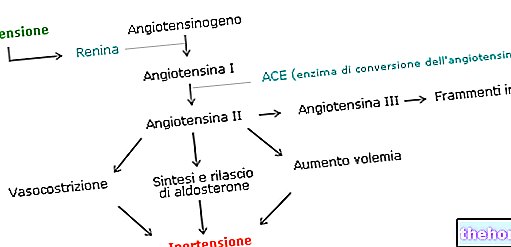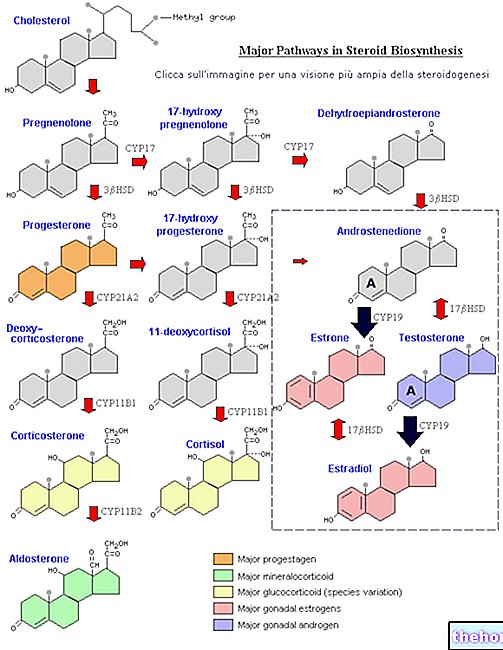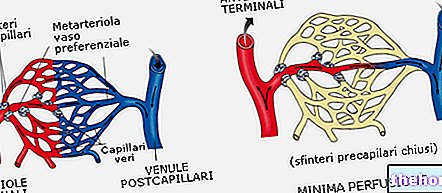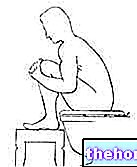The choledochus is a small tube about six centimeters long, with an average caliber of 5-7 mm, used to transport the bile and pancreatic juices to the intestine. The choledochus, in fact, opens into the lumen of the second half of the duodenum, pouring its contents in this initial section of the small intestine.
Above, the choledochus represents the continuation of the common hepatic duct; we are therefore talking about two contiguous segments of a unitary canal, which takes the name of choledochus when the cystic duct, coming from the gallbladder, merges with the hepatic one coming from the liver (see figure). For this reason, the choledochus is also known as the common bile duct.

Inferiorly, before opening into the duodenum, the choledochus fuses with the greater pancreatic duct, which carries the enzyme-rich digestive juices produced by the pancreas.
At the point of fusion between the choledochus and the pancreatic duct, a short unitary canal is formed, with a slightly enlarged shape, which is called the ampulla of Vater. This duct does not open directly into the duodenum, but is controlled by a sphincter structure made up of smooth muscle fibers, called the sphincter of Oddi. Thanks to the presence of this valve, bile and pancreatic juice do not pour continuously into the intestine, but do so above all in correspondence with meals. It is in fact the presence of food in the pylorus and in the intestinal lumen that stimulates the opening of the aforementioned sphincter.

Choledocus and digestion
Biliary and pancreatic juices are fundamental for the digestive processes that take place in the duodenum; these, in turn, represent an essential prerequisite for the correct absorption of the nutrients introduced with the diet.
Bile is continuously secreted into the biliary canaliculi and conveyed into the hepatic ducts. The closure of the sphincter of Oddi between one meal and the other favors its storage inside the gallbladder; after meals, the presence of food in the very first tracts of the duodenum causes the gallbladder to contract and the bile thus expelled, together with the newly formed one, is introduced through the bile duct into the "Ampulla of Vater; ultimately, the bile enters in the duodenum (together with pancreatic juice) for relaxation of the sphincter of Oddi.
Diseases of the choledochus
As for the pathological conditions of the choledochus, obstructive disorders linked to the presence of a calculus formed in the site or coming from the gallbladder are particularly common. This condition, known as choledocholithiasis, is typically accompanied by jaundice (yellowish discoloration of the skin and ocular sclerae), dark urine and pale stools; in these cases, the concomitant presence of fever and chills suggests complications of an infectious nature (ascending cholangitis). On the other hand, congenital anatomical alterations of the choledochus, such as dilations or atresia, and neoplasms in situ are of much more limited incidence.
















.jpg)











